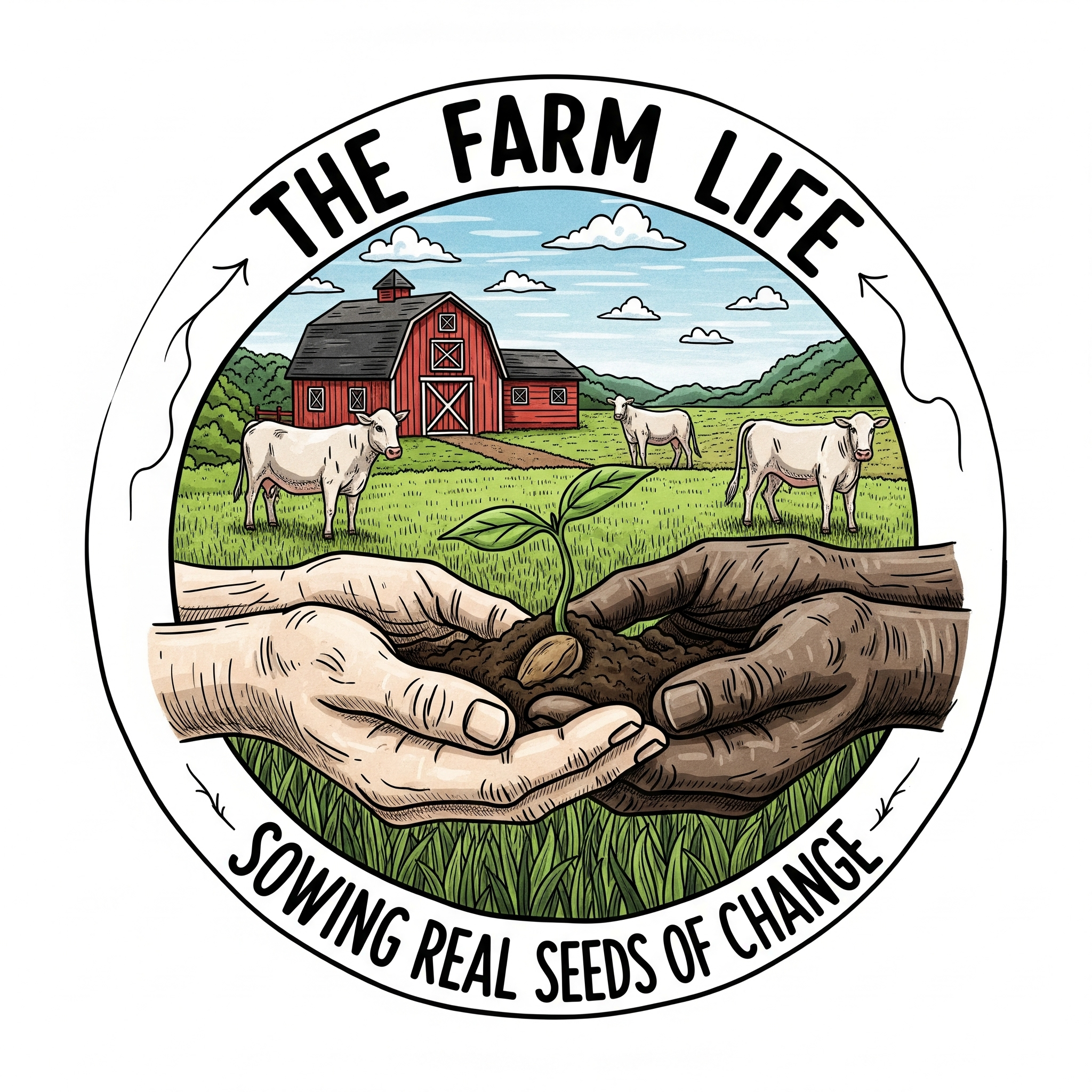At The Farm Life, we believe in returning to our roots—growing food with our hands, working in harmony with nature, and teaching the next generation to live simply and abundantly. But living off the land doesn’t mean life has to be harder. In fact, with a bit of ingenuity, we can work smarter, not just harder.
One of the most practical ways to do that is by using an off-grid self-watering system—a sustainable method of keeping your garden hydrated without relying on electricity or city water.
💧 What Is an Off-Grid Self-Watering System?
It’s a water delivery method that uses natural forces—like gravity and capillary action—to supply consistent moisture to your plants. These systems require no electricity, no timers, and no pumps—just simple materials and old-fashioned know-how.
They’re ideal for rural farms, community gardens, homesteads, and anyone who wants to conserve water, save time, and grow resilient crops.
🌱 Why Use a Self-Watering System?
- Conserves Water – Reduces runoff and evaporation
- Saves Time – Less manual watering, especially during busy planting seasons
- Supports Healthy Roots – Consistent moisture promotes deeper, stronger roots
- Works Anywhere – Great for raised beds, containers, or traditional garden rows
- Great for Teaching – Demonstrates natural water flow, soil moisture, and sustainability
🛠️ Types of Off-Grid Self-Watering Systems
1. Olla Pots (Clay Pot Irrigation)
- What it is: Unglazed clay pots buried near the root zone of plants.
- How it works: You fill the pots with water; moisture slowly seeps through the porous walls into the surrounding soil.
- Ideal for: Tomatoes, peppers, cucumbers, and herbs.
2. Gravity-Fed Drip Irrigation
- What it is: A water barrel (like a 55-gallon drum) elevated on a stand, feeding drip lines through gravity.
- How it works: Water gently flows through tubing to the plant base.
- Bonus tip: Connect it to a rain barrel to double down on sustainability.
3. Wicking Beds
- What it is: Raised beds with a water reservoir underneath and a fabric wick or soil column drawing water upward.
- How it works: Moisture rises to plant roots through capillary action.
- Great for: Small-space gardens, hoop houses, or teaching plots.
4. Upside-Down Water Bottles
- What it is: Reused bottles with tiny holes placed neck-down into the soil.
- How it works: Slowly releases water over hours or days.
- Perfect for: Garden rows and smaller plants—also a great classroom project!
🧰 Materials You Might Need
- Food-grade barrels or water containers
- Drip line tubing and connectors
- Clay pots or ceramic olla jars
- Gravel, landscape fabric, or reservoir lining
- Hand tools, T-posts, or wood for stands
- Rain collection barrel (optional but wonderful!)
🌦️ A Day in the Life of a Self-Watering Garden
Imagine this: You walk through your garden in the early morning, dew still on the leaves. Instead of rushing to haul buckets or wrestle with hoses, you check the barrels and refill a few olla pots. The rest of the day, your plants sip water slowly, just as nature intended.
You’ve got time for seed starting with the kids, goat stall cleanup, or a community harvest day—because your garden is taking care of itself.
🌻 At The Farm Life, We Say…
Water is sacred. It should be used with care, intention, and wisdom. Off-grid self-watering systems not only save resources but teach us to work with nature, not against it.
These systems are especially valuable in dry regions, on homesteads without wells, or when preparing for emergency scenarios where water access might be limited.
Whether you’re growing a family garden, a community patch, or a food education space—this method is a beautiful blend of tradition and sustainability.

Founder/CEO –At Harvesting Change & The Farm Life, our mission is to sow real seeds of change by nurturing a hands-on, inclusive learning environment rooted in sustainable farming, community connection, and traditional wisdom rooted in equity, sustainability, and social justice. We cultivate more than just gardens—we grow knowledge, resilience, and relationships that nourish people of all races, genders, and ages and the land alike.
